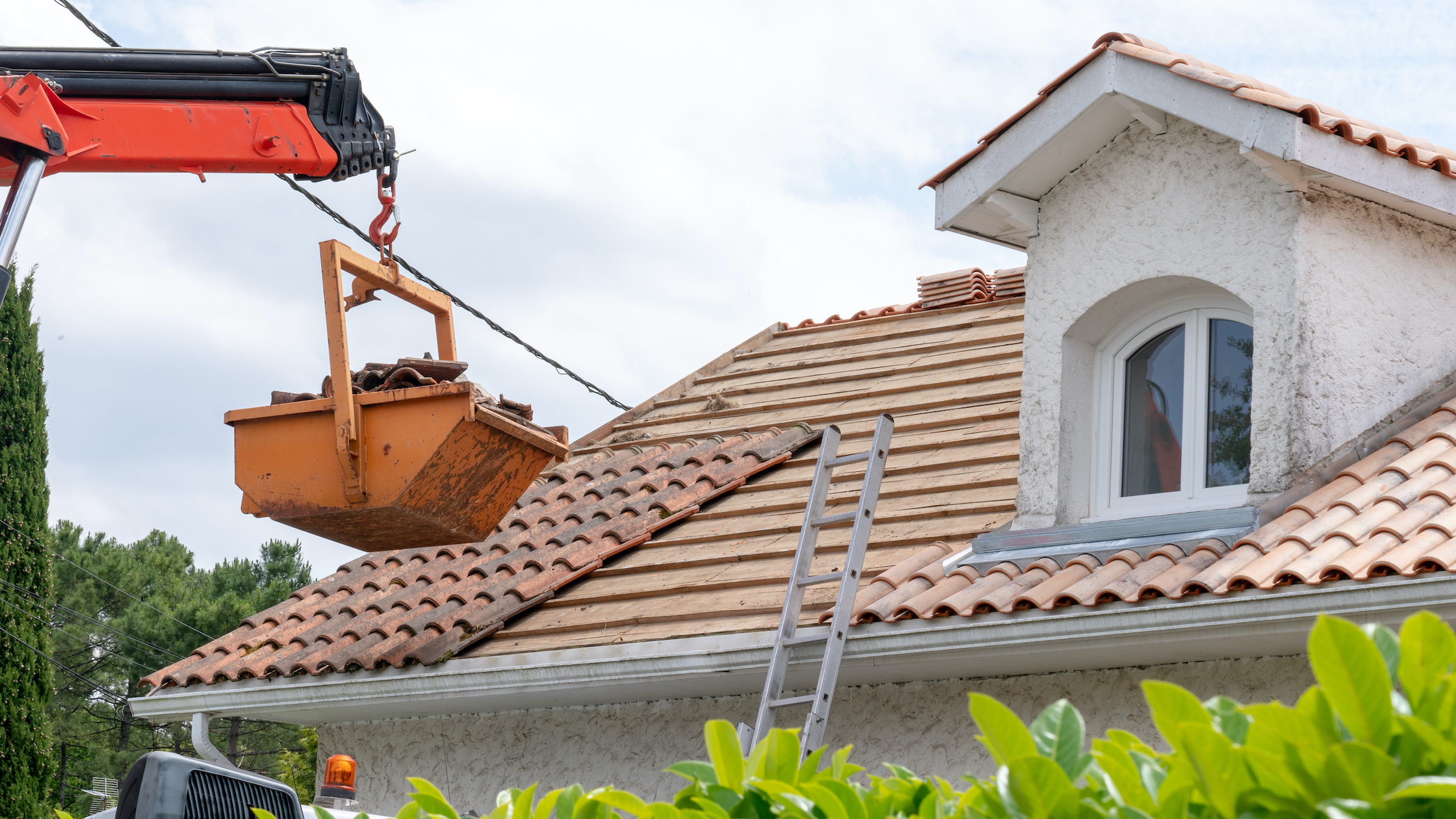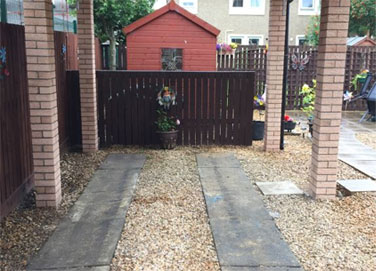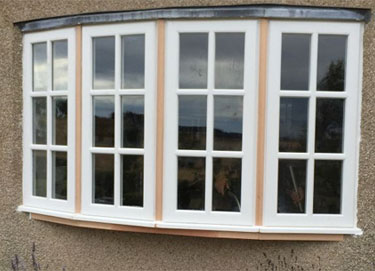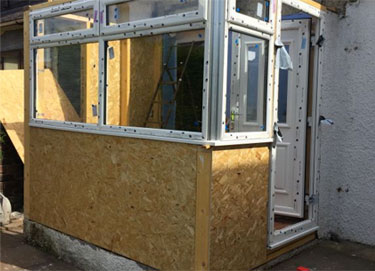Tiled roofs are still very common in Scotland. Although durable, they are also heavy and can break under certain conditions. A damaged roof can lead to water damage and other costly problems down the road. There are ways to prevent that from happening and keep tiled roof repairs to a minimum. In this blog post, we’ll look at how to maintain your roof and keep it in good condition.
Benefits
Tiled roofs are very durable and can last at least 30-40 years. With proper care and maintenance however, they can last much longer. Originally, most roofing tiles were made with clay, but modern tiles are often made from concrete. The also come in many shapes and styles. Tiled roofs do well in wet climates, like Scotland. It’s important to know that they are only suitable for roofs with relatively sharp slopes.
Clay tiles vs concrete tiles
Concrete tiles are heavier than clay tiles, but less expensive. Depending on the roofing structure, concrete tiles might not always be suitable for your home. Concrete is also twice as porous as clay, making it more susceptible to staining. Moss and mildew grow better on the porous surface too. Concrete tiles can absorb quite a bit of water, making them even heavier. As long as the underlying structure is sturdy, that’s not an issue.
Repair and maintenance
The lifespan of a tiled roof is affected by the installation. Using appropriate underlay, valleys and ridge coverings will significantly extend the lifespan of the roof. Regular maintenance ensures you get the most out of your roof tiles. Tiled roof repairs can be costly, so it’s important to try to prevent any issues and inspect your tiled roof at least once a year. Late autumn is the ideal time, as the leaves and debris in the gutters and hidden valleys can be removed at the same time. It’s also easier to then carry out minor repairs to damaged tiles.
- Moss and mildew retain moisture and the tiles can freeze in the winter. The thawing process shortens the life of the tile. Scrape off the moss using a wooden or plastic scraper. The tiles can then be treated with a moss and lichen inhibitor.
- Concrete and clay tiles can lift in high winds if not fully clipped. This can be more prevalent in older tiled roofs, as they were often not clipped in every row.
- Tiles can crack under heavy pressure. Take care when walking on them. Individual damaged or broken tiles need to be replaced with matching tiles. Reclaimed tiles are also suitable for the job.
- The mortar that is used when fixing the ridge or hip tiles can often crack. This can be fixed using proprietary clips.
- The tiles on the end of the ridge are most vulnerable to movement. Make sure these are secured using galvanised hip iron.
- Make sure the roof space is properly ventilated. This helps to keep condensation and mould on roof timbers at bay.
- Clay and concrete tiles can break if they suffer a heavy impact, such as a falling tree branch. Small cracks and holes can be repaired using roofing cement.
LC Joinery and Roofing are experienced in various types of roof repairs in Central Scotland and Aberdeen. All our work is guaranteed. We are a member of the Guild of Master Craftsmen, the Federation of Master Builders, the Construction Skills Certificate Scheme, and a Which? Trusted Trader and a licensed asbestos removal contractor. Take a look at our portfolio here.
Call LC Joinery at 01592 747 047 or email us at [email protected].





